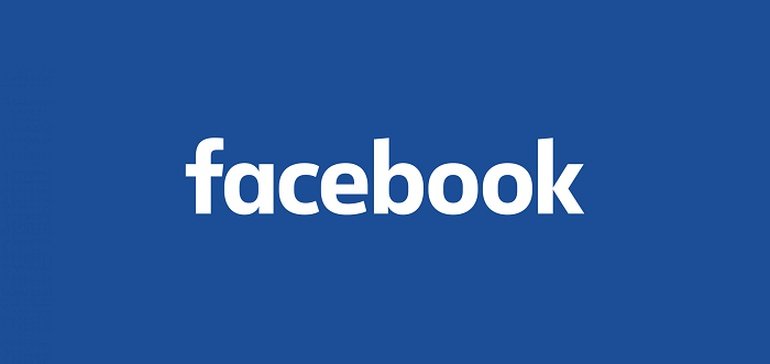Mobile App Development, SEO, Social Media, Uncategorized, Web Development, Website Design
Facebook Outlines Coming Ad Measurement and Targeting Changes to Offset ATT Impacts
- By Brett Belau
21 Oct

As it continues to grapple with the impacts of Apple’s ATT update, which has limited the amount of user data available for advertising optimization, Facebook has today outlined its latest range of updates and changes designed to help marketers maximize their campaigns, with the insights that are still available through various means.
The changes are fairly technical, with most aimed at bigger spending brands, but they do point to Facebook’s evolving technological solutions to offset data losses, and enable ad performance optimization via improved estimation and other means.
First off, Facebook says that it’s looking to improve campaign reporting through Aggregated Event Measurement, which will ideally make it clearer which ads are responsible for conversions.
As explained by Facebook:
“We’ve enabled view-through attribution by default for newly created campaigns using web events, which is beneficial for many industries including eCommerce and Retail. This will provide an understanding of the types of users who may see an ad on Facebook and later make a conversion, without clicking on the ad.”
View through attribution provides more context on user action based on ad exposure, over a longer time frame, and this expansion will provide more capacity to track ad response, in different forms, even with ad tracking switched off in some apps. It basically extends your capacity for response tracking, which could still provide indicative insights for performance.
Facebook also says that it’s expanding Aggregated Event Measurement to consider conversions from all advertiser-associated web pages in auto-redirect scenarios, as well as for businesses that do not own the top-level websites that their advertisements direct to:
“For example, Jasper’s Market runs ads that direct users to a partner platform called marketplace.com. Jasper’s Market was previously unable to get reporting, as they did not own marketplace.com. However, with this update, Jasper will be able to get reporting on their own campaigns, which were previously only available to marketplace.com.”
That will again broaden the pool of data that Facebook can draw from for ad insights, which will mean that even if users have switched off app tracking in some apps, it may still be able to glean insights from other sources for attribution.
Facebook’s also rolling out Aggregated Event Measurement for Apps, which will enable brands to use campaign optimization options, like Conversion or Value Optimization, to redirect users in-app and drive business results.
“For example, with Conversion optimization, we’ll deliver ads to people that are most likely to take action when they see a product from your catalog.”
So again, Facebook’s looking to utilize the data that it does have available to provide more targeting capacity, essentially taking a broader view of its data sources to optimize where it can.
Facebook’s also working on a new option called “private lift” modeling, which will measure the performance of ad campaigns by using aggregated data, enabling Facebook to provide spending estimates as a result of ad campaigns without violating privacy regulations.
And finally, Facebook’s also looking to a more generalized overview to better demonstrate the value of its various outreach tools, and give advertisers more scope as to the cumulative business impact that their Facebook marketing efforts are having.
“For example, earlier this October, we began to roll out an AB testing tool for Organic posts, allowing you to test up to four combinations of photos, text, and links for organic posts on Facebook. This can help inform future activities, and will roll out for all customers before the end of the year.”
The idea is that even without specific user data available, Facebook can use its overall view to showcase potential performance optimization opportunities, and help marketers improve their in-app efforts, in various ways.
Again, many of these solutions are fairly technical, and geared towards those spending big money on Facebook ads, but the idea is that while Facebook is now more limited in the data that it can provide, it does still have various insight inputs which it can use to create a more generalized view of performance and optimization, which could help to drive better results.
More of these tools will be rolled out over time, and their effectiveness will be relative to your campaigns, but you may soon notice more estimation and recommendation tools in your Facebook ads process.
You can read more about the specifics of Facebook’s optimization and performance updates here.
Source: www.socialmediatoday.com, originally published on 2021-10-20 15:34:24
Connect with B2 Web Studios
Get B2 news, tips and the latest trends on web, mobile and digital marketing
- Appleton/Green Bay (HQ): (920) 358-0305
- Las Vegas, NV (Satellite): (702) 659-7809
- Email Us: [email protected]

© Copyright 2002 – 2022 B2 Web Studios, a division of B2 Computing LLC. All rights reserved. All logos trademarks of their respective owners. Privacy Policy

![How to Successfully Use Social Media: A Small Business Guide for Beginners [Infographic]](https://b2web.dev/storage/2023/02/How-to-Successfully-Use-Social-Media-A-Small-Business-Guide-85x70.jpg)



![How to Successfully Use Social Media: A Small Business Guide for Beginners [Infographic]](https://b2web.dev/storage/2023/02/How-to-Successfully-Use-Social-Media-A-Small-Business-Guide-300x169.jpg)


Recent Comments